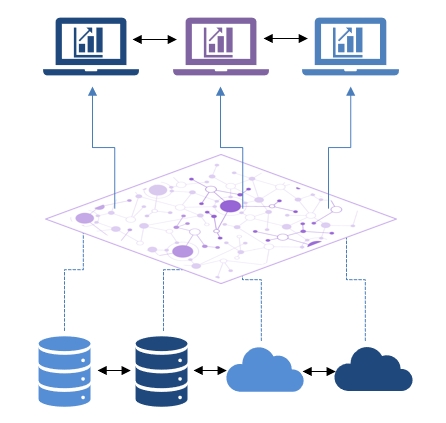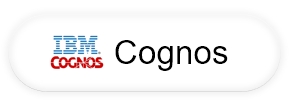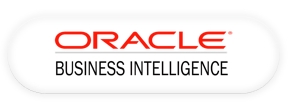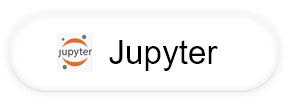Using Timbr as a semantic layer offers data analysts significant advantages when leveraging business intelligence (BI) tools. Timbr simplifies data access by abstracting the complexity of underlying data sources, ensuring consistency and accuracy through a unified semantic model.
Simplified Data Access
- Abstract Complexity: Timbr abstracts the complexity of underlying data sources and structures, providing a unified view of the data. Analysts access data by its meaning, using business concepts directly through familiar SQL queries, without needing to understand the technical details of the data sources.
- Self-Service Analytics: Analysts can perform self-service analytics more effectively, as Timbr provides a structured and intuitive data model that simplifies the creation of reports and dashboards.
- Integrate to a Single Source of Truth: Ensures consistency and accuracy by integrating data from various sources into a cohesive semantic model, reducing discrepancies in reports and analyses.
- Explicit Relationships: Relationships between data entities are predefined in Timbr’s semantic model, allowing for faster and more efficient querying without the need for complex joins or unions.
Improved Data Governance and Security
- Consistent Data Definitions: Timbr enforces consistent definitions and calculations for metrics and dimensions, ensuring uniformity in reporting across the organization.
- Centralized Access Controls: Security and access controls can be managed centrally up to row level, ensuring that sensitive data is protected and that users have appropriate access permissions.
Flexibility and Scalability
- Dynamic Adaptation: Timbr can adapt to changes in the underlying data sources and structures without requiring changes to the BI tools or reports, providing greater flexibility in data management.
- Scalable Architecture: Timbr is designed to scale with the growth of data and the increasing demand for analytics, ensuring consistent performance and reliability.
Streamlined Collaboration
- Unified Data Views: Teams can collaborate more effectively with a unified view of the data provided by Timbr, ensuring that everyone is working with the same information and interpretations.
- Shared Metrics and Reports: Common metrics and reports can be shared across the organization through Timbr, fostering a collaborative environment where insights and knowledge are easily disseminated.
Sample use cases:
Decouple Consumption from Data
- Benefit from reusable common metrics and naming conventions across BI tools, scripts, ML models and applications
- Update the underlying data structure without disrupting end-users and tools
- Push down compute from BI to CDW
- Avoid lock-in of data stores and consumption tools
- Accelerate cloud migration
- Build easier to maintain systems

























